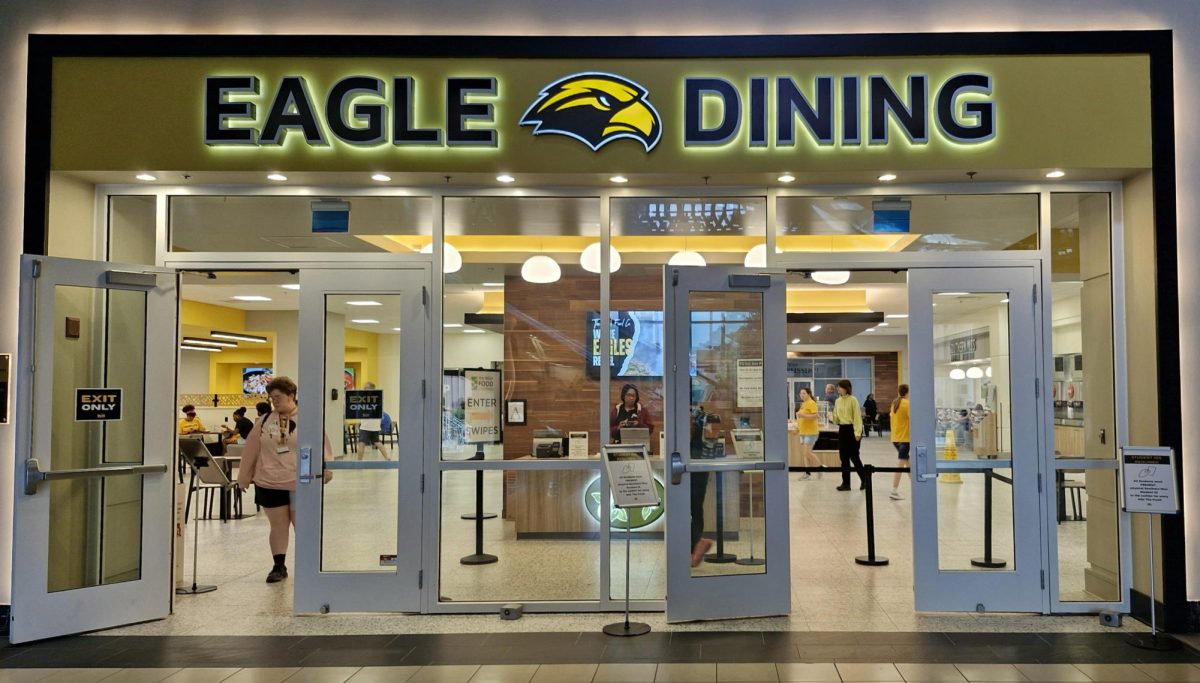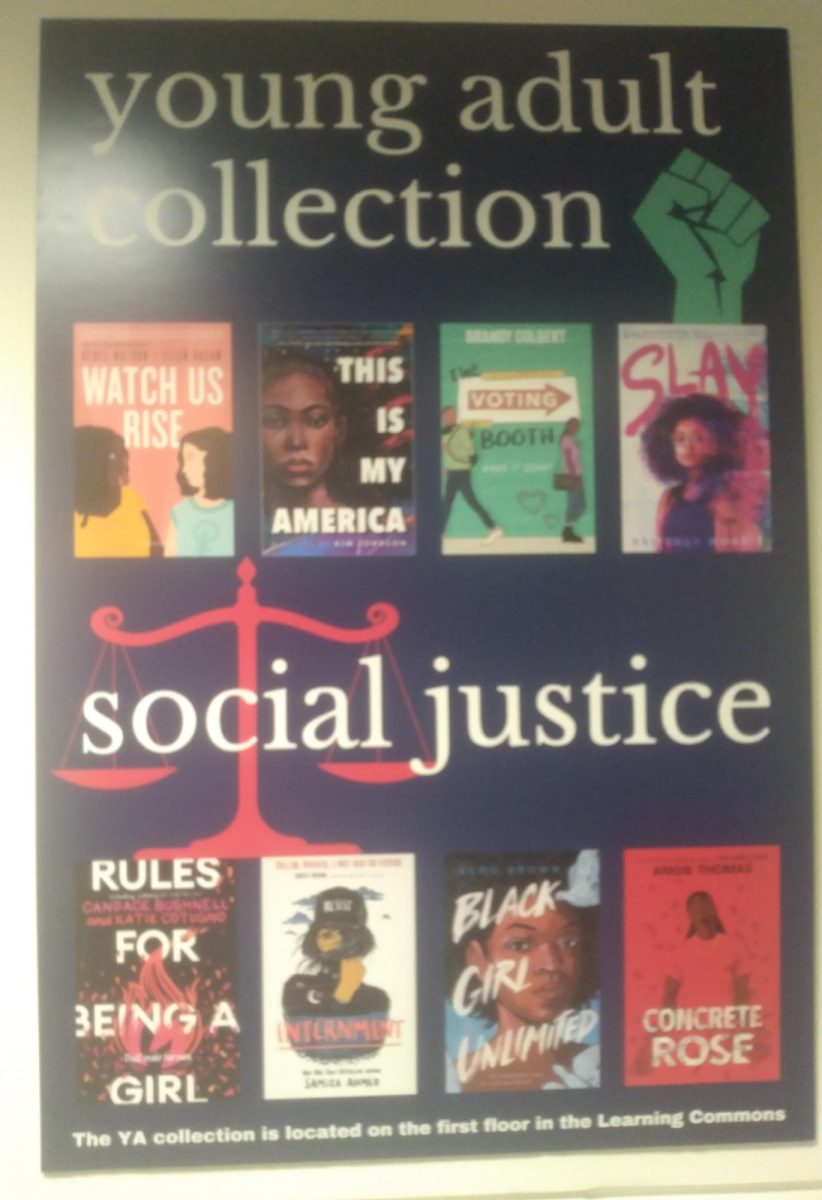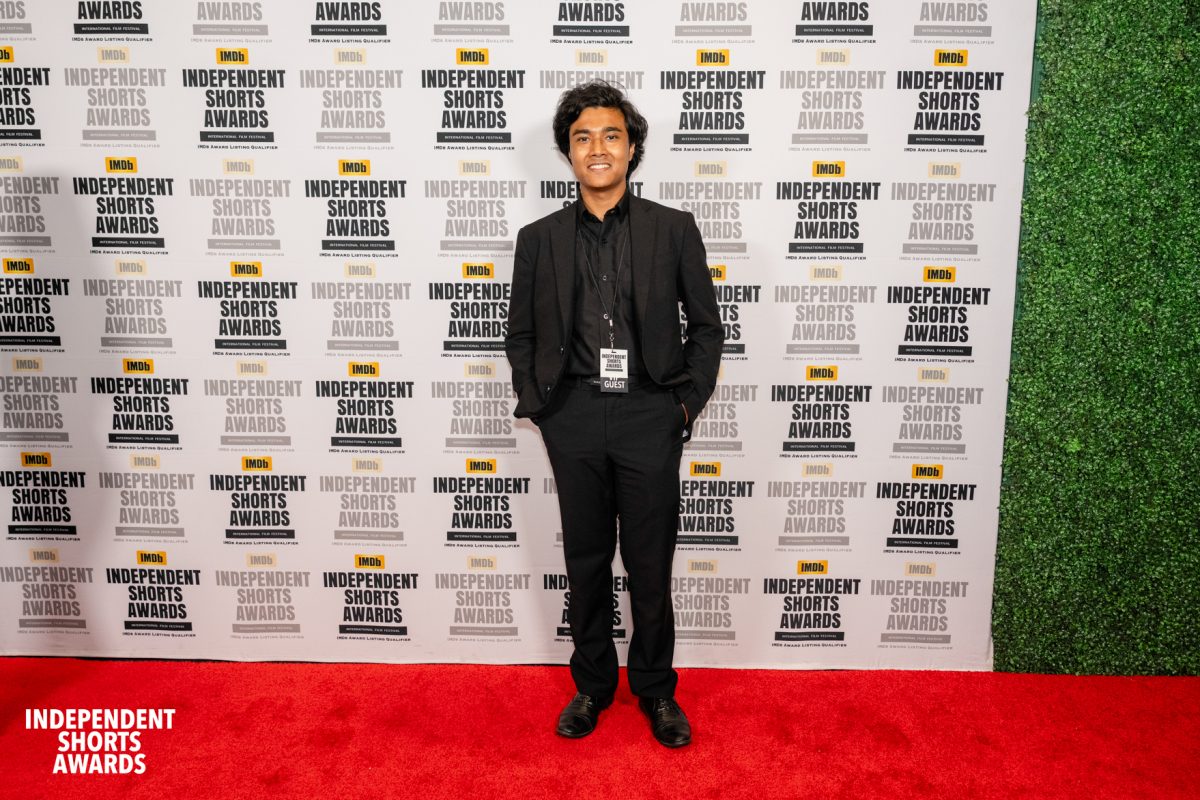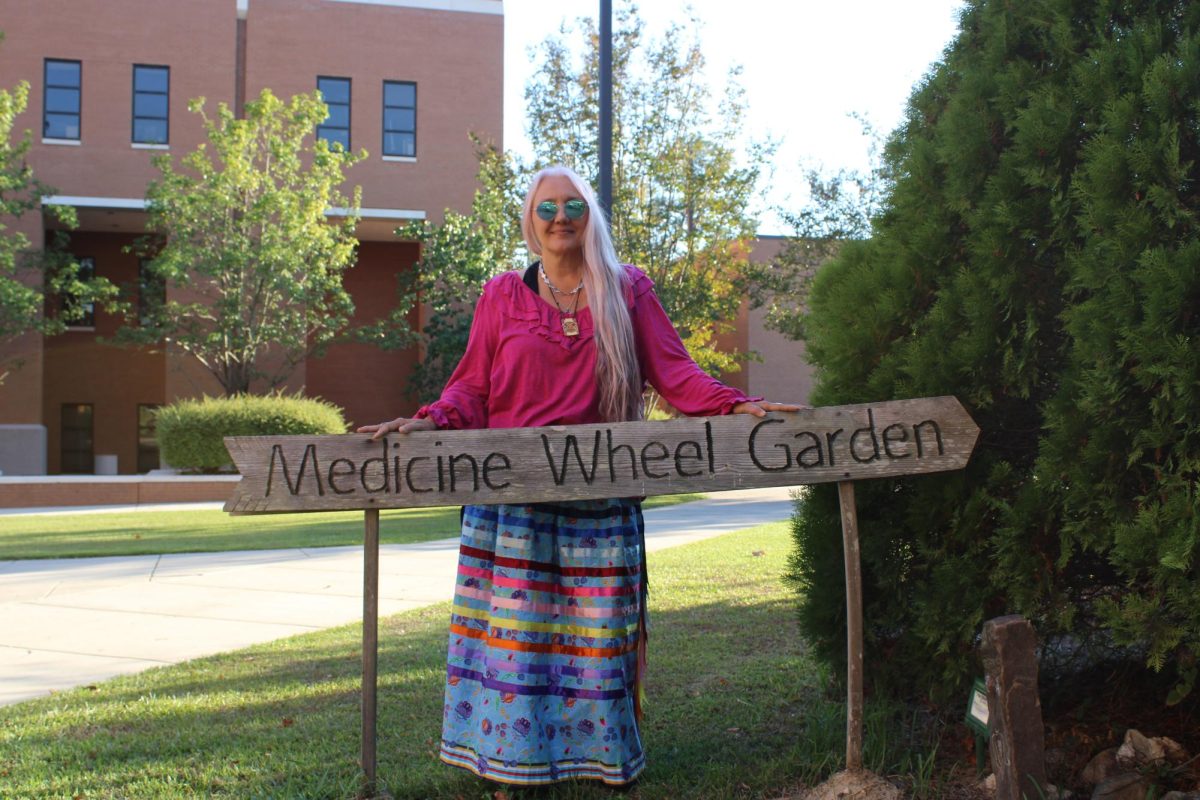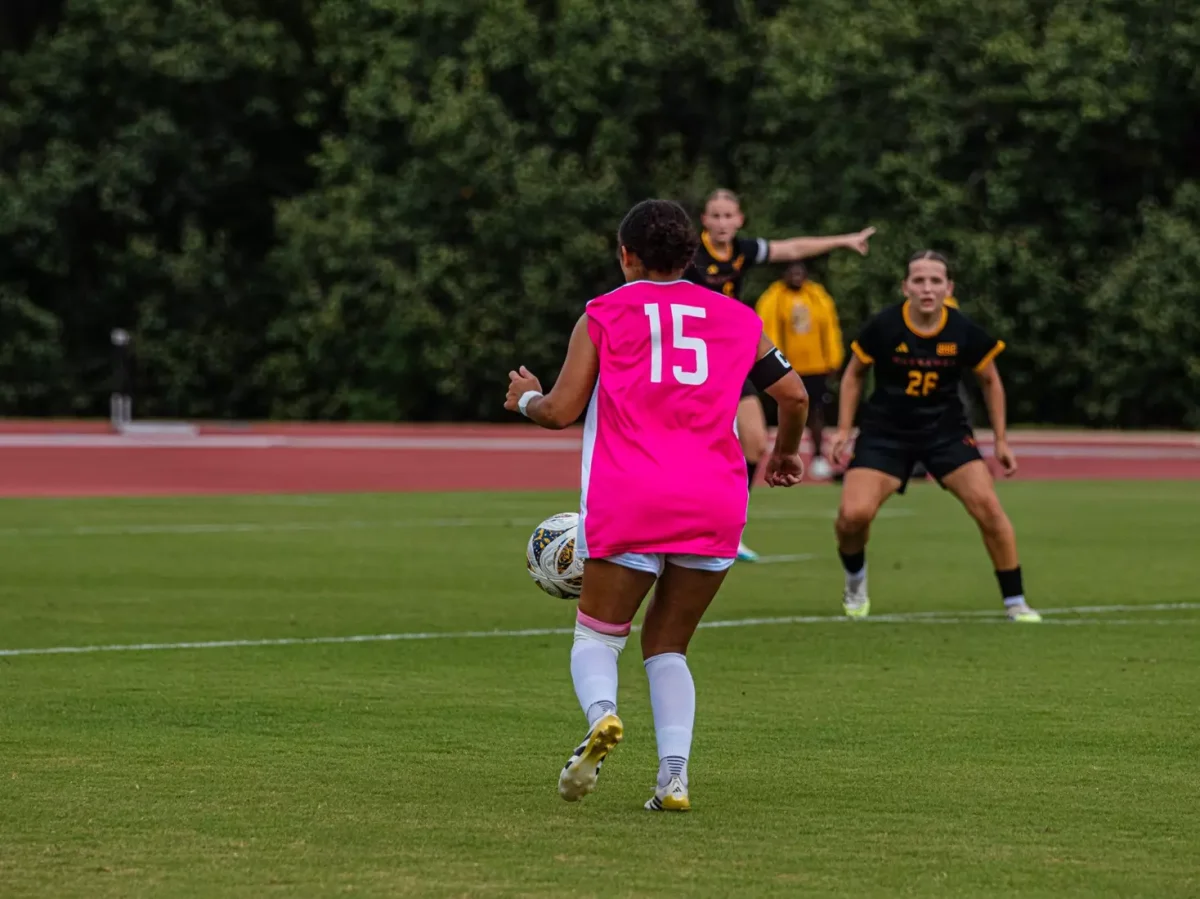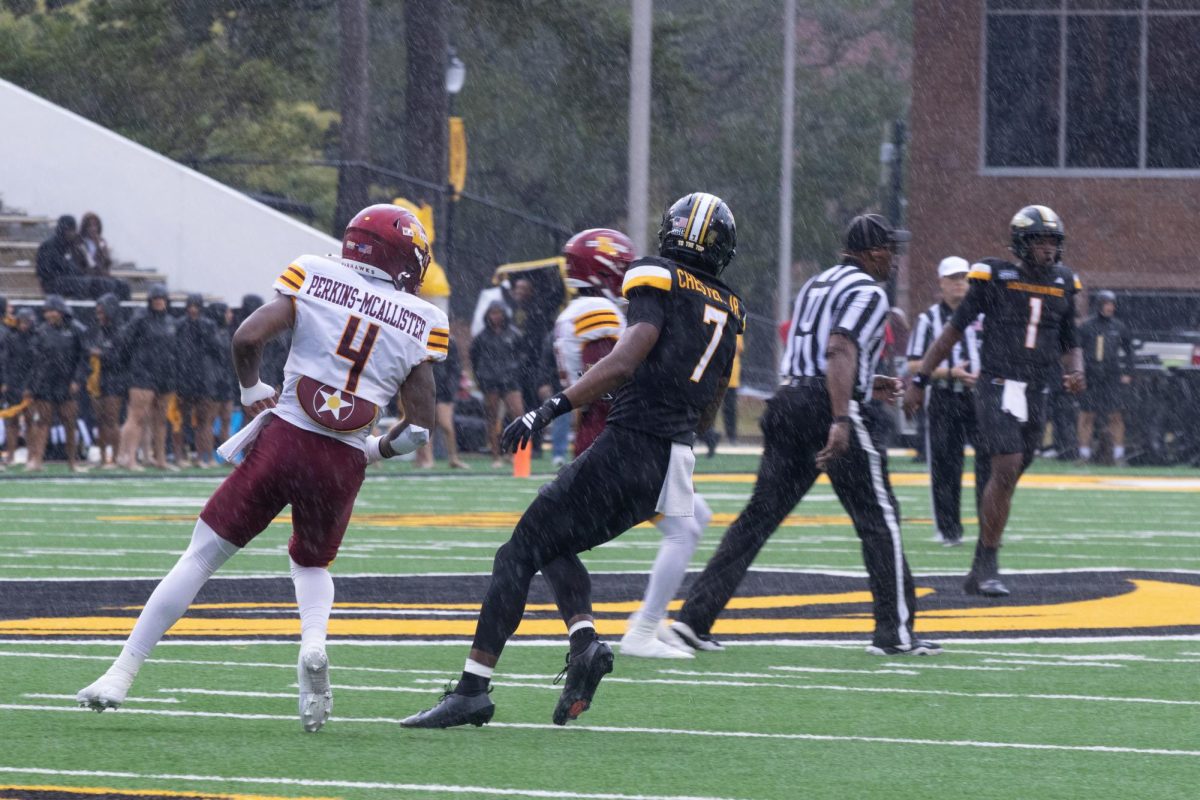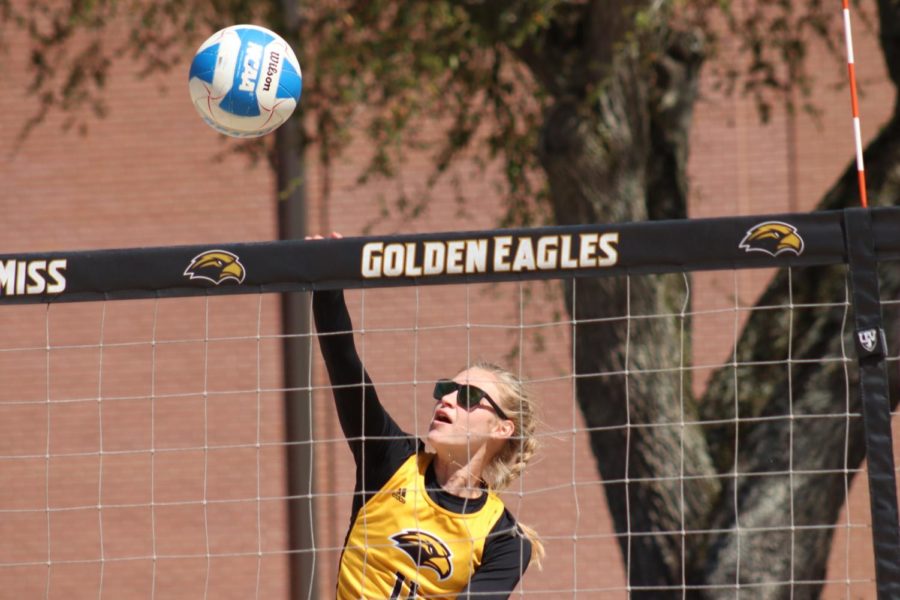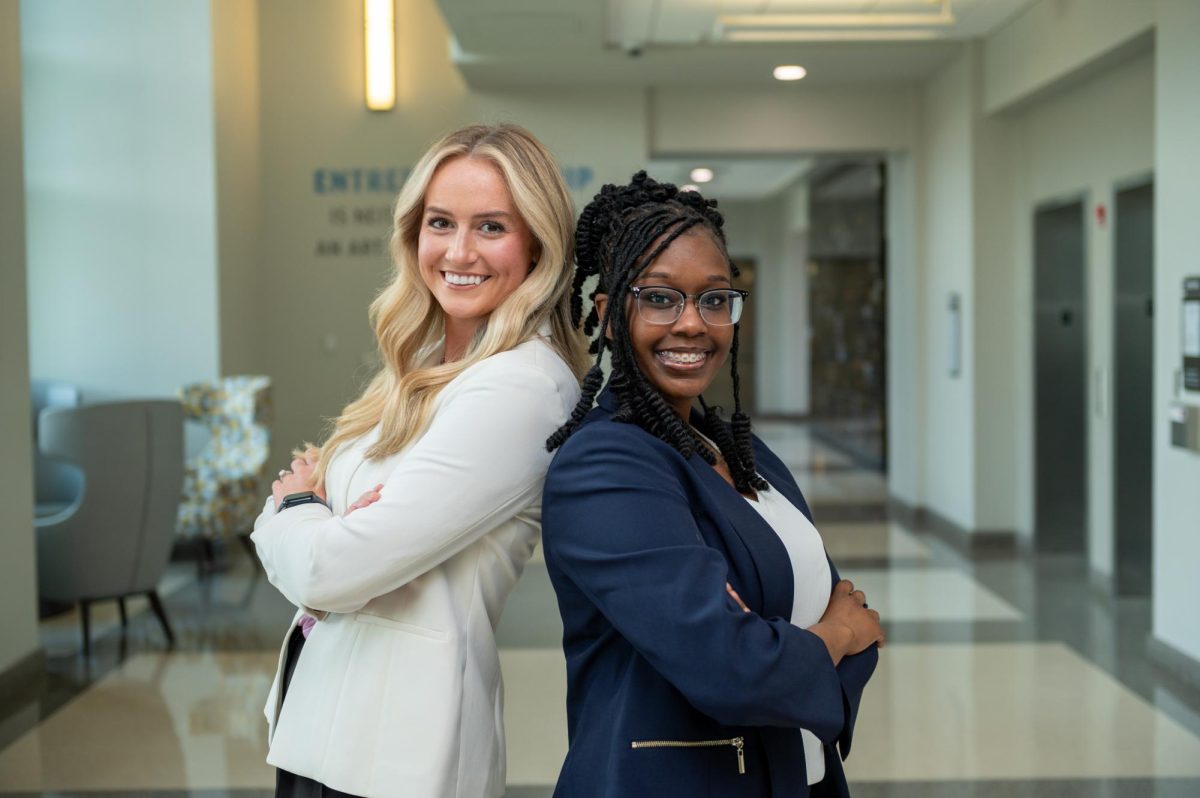It was her first time being away from her family, friends and home country of Nepal, in a place where family pressures and isolation weighed heavily on her. Niyati Tamang often skipped meals during her first semester just to make rent, too afraid to ask her parents for money when she knew that her father was unable to work while recovering from surgery.
“It was very stressful. Every time I called them, they would ask, ‘How is life there?’ ‘Have you made any friends?’ And I will tell them, ‘Yes, I have,’” said Tamang, a sophomore F-1 international student majoring in polymer science and engineering. “Then I smile and tell them 'Yeah, everything is good. I don’t need any money.’ But the reality was that I wouldn’t have money to eat some days.”
Like many international students, Tamang struggled when she first moved here. She was unaware of many aspects of living in America and was too afraid to ask for help.
“They [the U.S. embassy and government] want to know if your father’s and mother's income and savings are enough for you to sustain your life for four years in the U.S.,” said Tamang. “But like most people, they will just fake it, because we don’t have that much money. We can’t afford it.”
Many international students in the U.S. must work to cover tuition and living expenses but face strict employment limits and a competitive job market. They are restricted to 20 hours of work per week and often lack support in navigating challenges such as finding on-campus jobs, managing unexpected living costs, or accessing services during financial hardship.
For many of these students, coming here to study is an opportunity to better themselves through education and life experiences. Many of their home countries lack resources―whether financially, politically or academically.
According to NAFSA: Association of International Educators, in the 2023-24 academic year, international students contributed $43.8 billion to the U.S. economy, a number that has only grown in recent years. They also helped support more than 378,000 jobs. Yet, while they support the U.S. economy and gain an education that many later use to start businesses or work in the U.S. after graduation, many universities lack the support system to keep them from struggling to afford groceries and rent.
F-1 and J-1 students are considered temporary nonimmigrant students in the U.S. To come here, students must prove they can financially support themselves and display English proficiency. They also must show an intent to return to their home country after graduation — all verified during an interview with the U.S. embassy in their home country.
There are many rules international students must follow to study in the U.S. like requiring full-time enrollment or permission before traveling. One of the most significant rules which are heavily regulated focuses on working. International students are not allowed to work off campus without emergency authorization due to financial hardships or if it is an internship related to their major, but only after they have completed one academic year.
Unlike the U.S., some countries are more lenient when it comes to their international students working restrictions. Many allow international students to work off campus with restrictions only on things like the number of hours or the type of job.
“People who go to other countries like Korea, Japan or Australia — they don't have restrictions, so they work there,” said Tamang. “After studying for one or two days, they work, and many people would just work continuously for five days straight to earn money.”
In the U.S., however, international students are limited to on-campus jobs. They are not eligible for work-study positions, which are federally funded for U.S. students only.
“They’re limited to on-campus work only, and basically the idea is that they’re just working for pocket money. They’re not trying to pay for their whole schooling,” said Leah McSorley, director of International Students and Scholar Services. "It can be difficult because students typically all start at the same time. So there’s maybe 200 students all at once.”
Because international students cannot apply for work-study positions, which make up most of the jobs on campus, the limited number of available jobs that international students can work in are highly sought after. Considering USM has around 800 international students according to McSorley, this lowers the chance for international students to gain a job.
“From our office, we had a small position open — an event coordinator position — and we had 105 applications for three openings,” McSorley said. “So, I do think it’s really competitive, particularly for new students that don’t have a network.”
Because of how competitive the job pool is, many international students struggle to find work, especially newer students. Many fresh-faced international students are late to apply because they are unaware of how to get these highly sought after positions. For Tamang, it was only after her first semester that she found the trick to getting a job here.
“At first, I didn’t know how to apply for the jobs. When I asked, people will say, ‘Apply with the application,’ but the real way is to apply and then know people who work there,” said Tamang. “I didn’t know that due to so many people applying at once, they wouldn’t even look at the applications. They mostly hire people who go directly to meet them.”
Another issue for international students is the strict 20-hour work limit. Unlike work-study students, who have the flexibility to work more hours one week and less another week as long as their total hours do not exclude the 20-hour limit. International students aren’t allowed that same flexibility – they are held to a strict 20 hours a week, no exception.
“Then I could work more hours this week and if I have less time next week, I could work less hours next week,” said Tamang. “That would have been good, but we have a limit of just 20 hours, and I think that’s kind of restricting.”
Additionally, not all on-campus jobs for international students pay the same. Some will pay the minimum wage, while others pay more — creating an unfair situation for students trying to support themselves. According to Tamang, the Payne Center only pays their international students the minimum wage, while other departments like the bookstore pay more.
“I think it’s kind of hard, even with 20 hours, it’s really hard for you to afford your rent and groceries,” said Tamang. “Because if you do the math, you need at least $600 or $700 every month just to sustain here, but with $7.25 an hour and tax you don't get paid enough.”
When international students first arrive, they face not only culture shock but also many unexpected expenses. Many aren’t made aware of the cost of living in the U.S. before arriving. For Tamang, the biggest shock came in the form of the security deposit for her apartment. These financial surprises catch many international students off guard when they first arrive and can cause extra stress.
“I had in my mind saying that this is the maximum amount that I will spend in a year, and my family could afford the first semester, but after that I had to afford it myself,” Tamang said. “I did plan, but after coming here I didn’t know anything about what the rice or anything else would cost.”
The University of Southern Mississippi does attempt to support their international students with the unforeseen economic hardship assistance — in cases of financial difficulty, International Student Services can help students to get authorization to work off-campus, for temporary financial support. According to McSorley, international students also have access to the same scholarship opportunities through the GO system as domestic students, though they are not eligible for federal financial aid or loans.
While international students technically have access to the same scholarship database, many of the scholarships offered are restricted to U.S. or Mississippi residents, limiting their eligibility. With the high number of international students, it makes gaining any of the scholarships that are available to them almost impossible.
“If you go to the GO Scholarship system, you rarely see scholarships international students can apply for,” Tamang said. “If they could make scholarships accessible to anyone, we could at least have the chance to apply.”
If scholarships and job opportunities are difficult to get, gaining a visa to come here is even harder. Students must first apply and get accepted into a university. Then comes the difficult part, getting an interview with the U.S. According to Tamang, when it comes to getting a slot for an interview the process is very difficult. Often times when they might have 10,000 students attempting to apply and only have 1,000 available slots. And later they would announce how many students passed their interview, and it could be anywhere from 100 people who were accepted to four or five.
“I had to wake up at 5 a.m. every morning and watch the slots because the embassy is really small,” said Tamang. “Sometimes they will say, ‘We’ll release 500 visa slots tomorrow at 8 a.m.,’ but like everybody will be waiting and then the internet crashes. It happens so many times, and it’s kind of luck to get a visa slot.”
Tamang was shocked when she received that little green slip that would be her ticket to studying in the U.S. With so many being rejected, she never expected to get accepted. The day was filled with happiness and fear — it would be her first time traveling alone, but it was also her chance to gain a better education and help support her family.
“I just want the best for them because they sacrificed so much for me and my brother,” said Tamang. “I want them to have like a good life later on. Even now they’re working hard for me and my brother.”
Many international students are supported by their families when they come to study in the U.S. Often, they experience feelings of guilt and loneliness because of having to rely solely on their families for financial support while they study or not being able to send money back home.
“Sometimes I want to go to a restaurant and eat, but even though I have savings, I don't want to spend it because after I go, I will think, ‘I could have sent some of that money to my family or it would be beneficial for next semester,’” said Tamang. “That thought, it keeps lingering in your mind, so you restrict yourself from doing something that you want to do.”
Guilt isn’t the only challenge. Leaving their family and homes can lead to isolation and feelings of loneliness, and many students — due to culture or pride — are too afraid to reach out for help when they need it.
“Some students, they don't want to burden their family, so they won’t tell them the difficulties they face here. Some, they cannot express their feelings, so they will keep over thinking and pressuring themselves, not taking help from anyone,” said Tamang. “But you feel like there’s not a person who could understand you or you could share your inner feelings. So you distance yourself.”
Many international students struggle both mentally and financially. The restrictions that limit them to on-campus jobs, in a highly competitive job pool, combined with the isolation and anxiety that come from living in an unfamiliar county on their own, have a deep impact. Despite their silence, many are struggling — too afraid to speak up.
“In a sense, I think it’s good because we are here to study, not just to work,” said Tamang. “But in other sense, for students who have financial difficulties, whose parents cannot afford it. I think if they are willing to work and study at the same time, they should get the opportunity to. Because if they cannot afford it here, then they cannot afford it in Nepal as well.”



